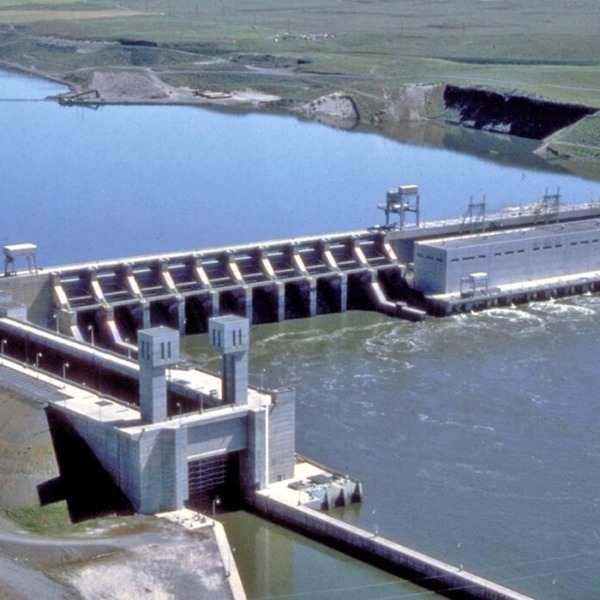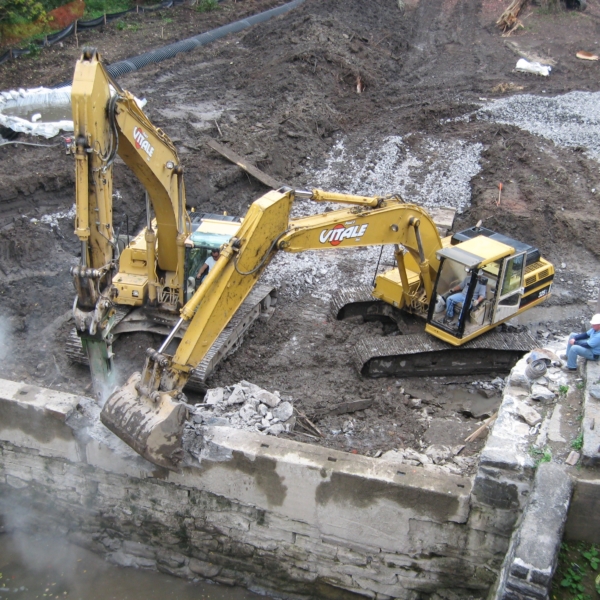In part thanks to federal funding and tax incentives from the Infrastructure Investments & Jobs Act (IIJA) and the U.S. Inflation Reduction Act, the U.S. hydropower industry is experiencing a boost in investment.
As stakeholders work to utilize available funds, finding efficient ways to use limited Project Management, Engineering, and O&M resources will be key – if they want to grow economically and sustainably. Establishing a Program Management Office (PMO) can help balance cost, time, and workforce in large infrastructure upgrades. Consider it the bridge between the boardroom and asset management strategies to implementation, providing a roadmap and structure to execute projects with certainty.
WHERE TO START? PLAN THE WORK
Embarking on a large-scale infrastructure program can seem daunting, but at Black & Veatch, we have an old saying, “Plan the Work, Work the Plan.” Our experience tells us that having a well-defined, agreed-upon plan with strong processes and methodologies to execute the plan improves workforce allocation, reduces risk, and leads to better schedule and cost accuracy.
An experienced PMO with knowledge of hydropower plant operations will be able to optimize resources, understand where to place efforts, and set realistic budgets and schedules to yield the highest return.
Start with clearly defined strategic goals and objectives. They will serve as the guiding principles for decision-making and prioritizing throughout a program. The PMO will use this as its foundation to set the framework for the program, including roles and responsibilities, communication and reporting methods, and key performance indicators (KPIs). At the end of the planning stage, program managers will have determined how to monitor, track, and measure each project using established KPIs, and created dashboards and actionable reports for quick issue identification and resolution.
NOW, WORK THE PLAN!
With a framework for program management in place, utilities are better positioned to execute projects in a way that is supportive of their resources. PMO tools and processes provide project managers direction and visibility into budget spend, workforce capability, and schedule impacts like outages, planned maintenance, or seasonal weather patterns. When such data is integrated with asset management data, like equipment condition and performance, executives and project managers are equipped to make better decisions. They can accurately predict project workload, schedules, and budgets and execute them safely, ultimately leading to utilities with more responsive and agile operations.
For utilities with limited staff and/or a significant increase in projects, an experienced PMO can hit the ground running with a proven systematic and strategic approach designed specifically for executing hydropower programs, shortening learning curves and deployment times. A successful PMO will streamline the implementation of those precious investment dollars.











